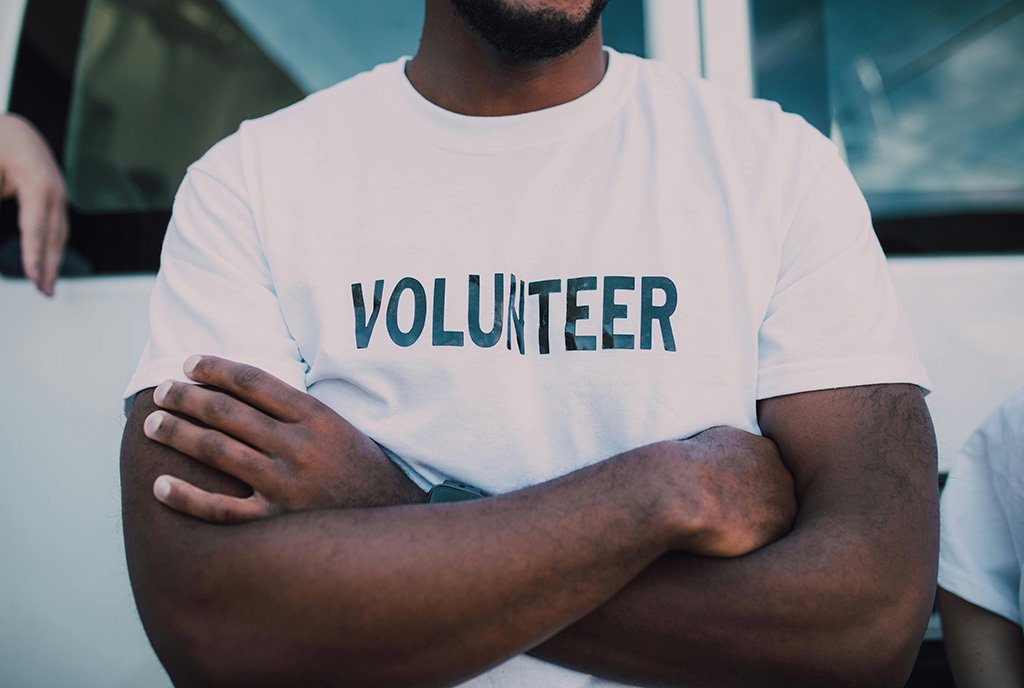Dear Reader,
For the past few months, my NPQ colleague Amy Costello has been working on a series about the problem of sexual harassment and abuse in the global aid sector. This week, she has a three-part special report running on PRI’s “The World.”
As I listened to yesterday’s powerful and disturbing segment, it dawned on me that the very dynamics that enable the abuse in aid organizations are present in many nonprofits, and they have led many groups into a swamp from which it is hard to escape without serious injury. Here are some of the enabling behaviors I heard:
Sign up for our free newsletters
Subscribe to NPQ's newsletters to have our top stories delivered directly to your inbox.
By signing up, you agree to our privacy policy and terms of use, and to receive messages from NPQ and our partners.
- Nonprofits, if they have a whit of sense, are always worried about the opinions of funders large and small. This might encourage some organizations to try to keep bad internal behavior quiet, even to the extent of passing along predatory staff without a warning. This lack of public accountability feeds upon itself over time, since reporting in an environment where most do not report puts the organization at greater risk than those that sweep bad behavior under the rug—at least at first.
- Women working in mission-focused organizations are often encouraged to think of the work and beneficiaries above their own concerns. In organizations that discourage reporting, the remonstrations applied include “Think of the damage you could do to those we serve and to this cause and organization.” The damage, of course, is not done by the person who has been subjected to the abuse—and the really deep damage is done through not just the bad behavior but also the cover-ups that enable yet more bad behavior.
- In some cases, predators are attracted to jobs where access to vulnerable people is relatively unfettered and fraught with power dynamics, and that describes many service organizations, along with others like USA Gymnastics. So, if anything, reporting in such situations should be paramount and part of the core stewardship business of the board. That it has not been a governance priority in many of the situations being reported is in and of itself a scandal.
All of this is to say that if your nonprofit is sitting on the sidelines observing these revelations in nonprofit sports, the arts, humanitarian aid, and advocacy and animal rights organizations, your reactions are off. This is a moment for self-address. What is your nonprofit doing to ensure that it is not a willing host to sexual harassment and abuse?
Amy’s moving interviews of firsthand experiences with this set of issues brings our collective responsibility home in a whole new way. I encourage you to listen to the entire series, starting with yesterday’s.
Your dedicated servant,











